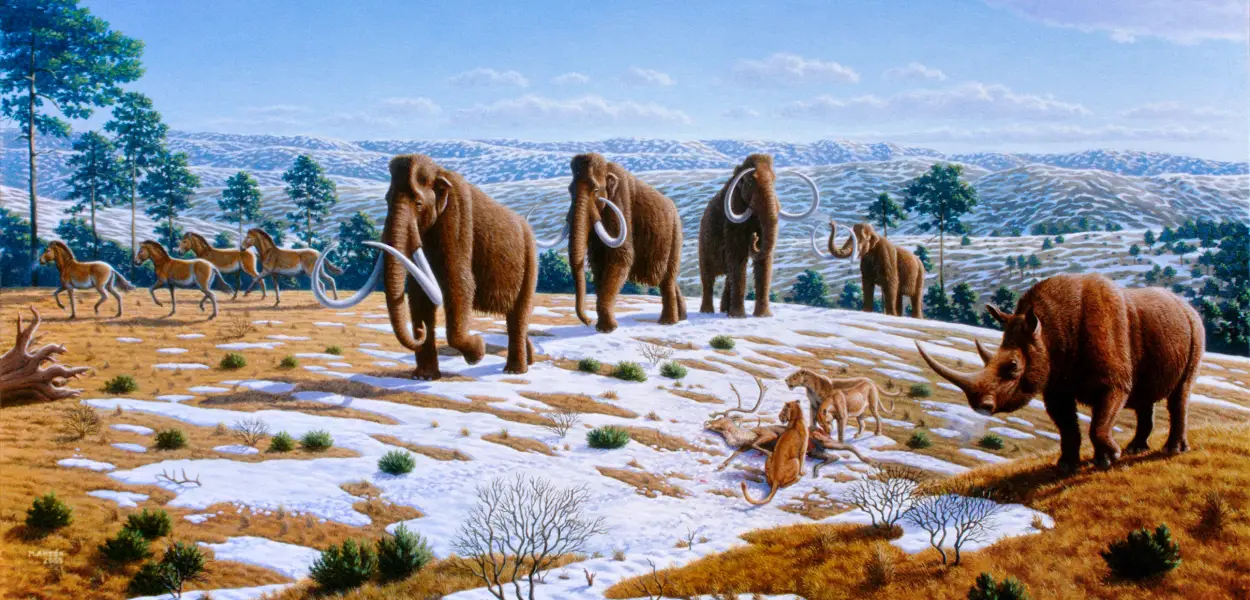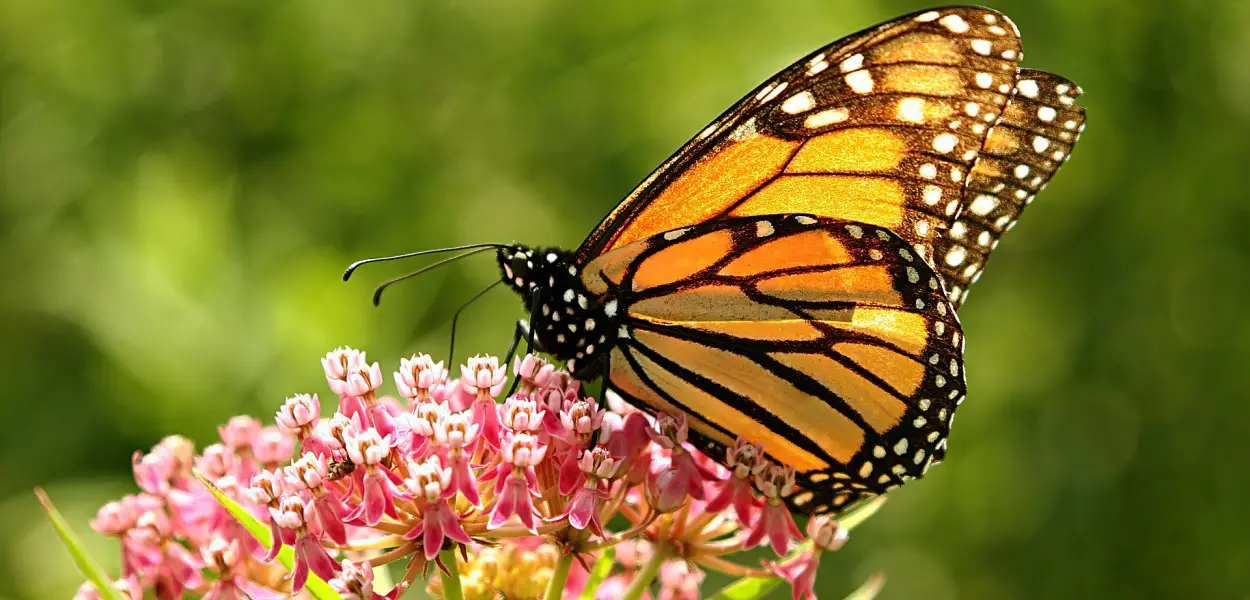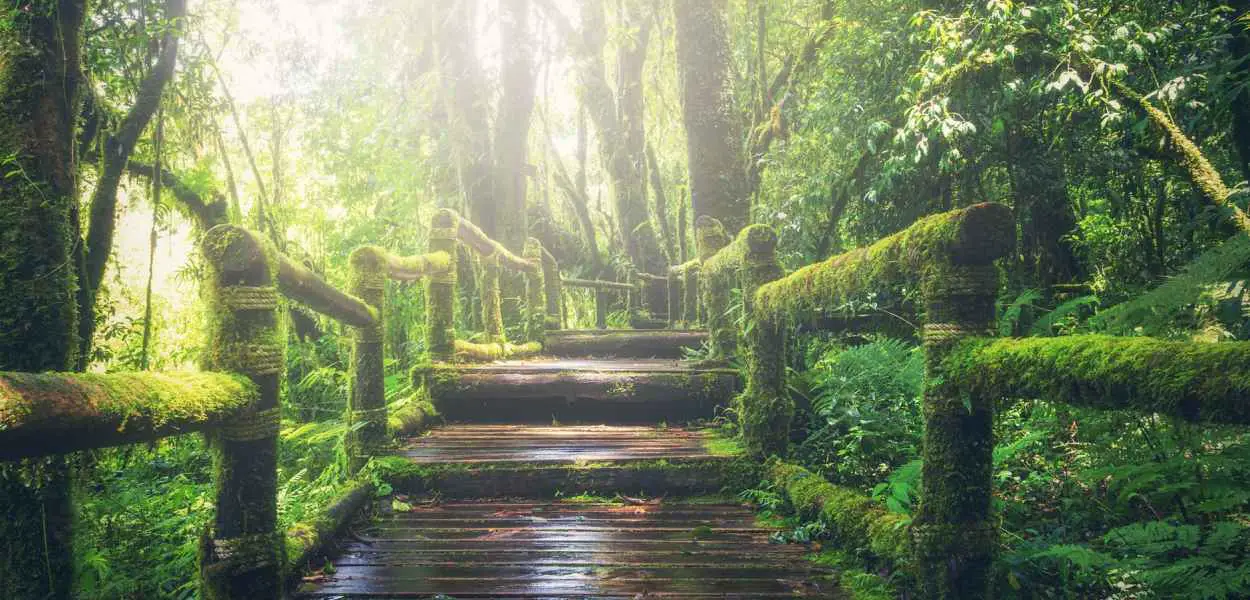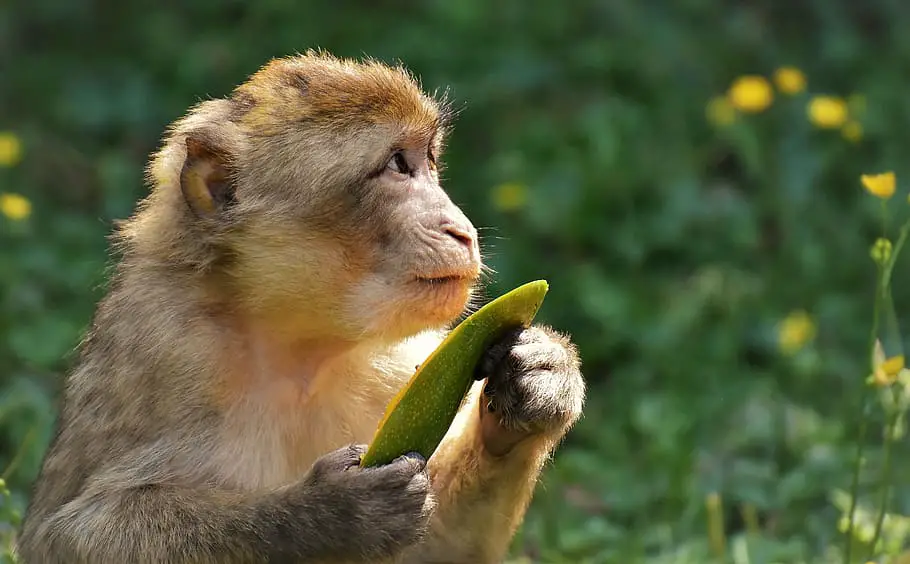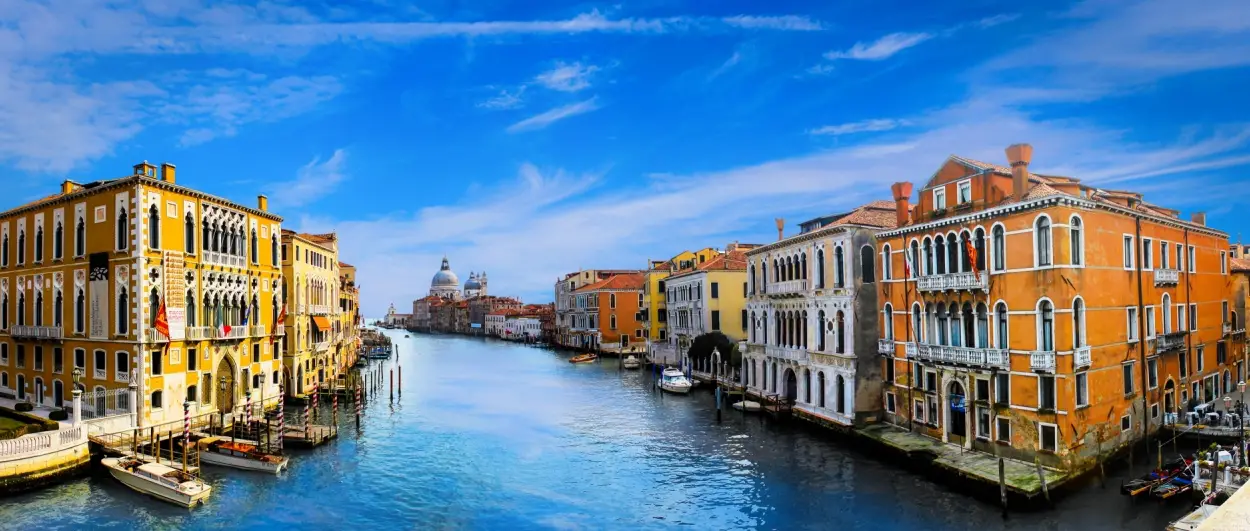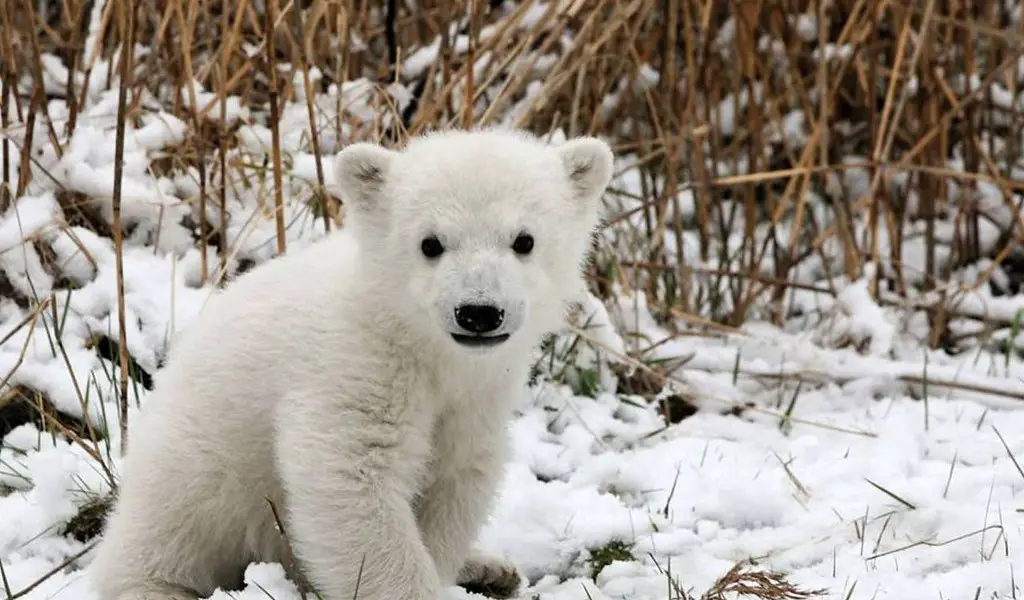Sacred Figs Facts and Symbolism of Trees in Dreams
Trees figure into the stories and symbols of religions across the world. In Norse mythology the ash tree Yggdrasil connects and supports the nine realms. Drawing from this and other traditions, various neopagan movements value, among other things, environmentalism for both secular and spiritual reasons. As for North America, trees and other plants are central to the Medicine practices of several tribes. The cedar tree even appears on the Medicine Wheel important to certain sacred rites, with the associated cardinal direction of the tree varying between different tribes. Cedar also figures into the religion of ancient Mesopotamia, forests of cedar being where their gods dwelled. That trees play a part in these and many other belief systems suggests that they have a fundamental appeal. In addition to being common components of many natural landscapes, trees are tall, sometimes imposing, and occasionally majestic. That people would attach and associate the reverence they feel toward religious subjects to these statuesque plants makes a lot of sense. In the past and up to the present, several religions have struck upon the same idea before encountering one another, the idea of a world tree. World trees are a type of axis mundi (world axis), a sort of pillar that conjoins or bridges the material and the spiritual. Yggdrasil is one example of this, and there are others as well. Beyond ashes and cedars, there are many other trees with sacred heritages. Notable among these are two varieties of fig.


